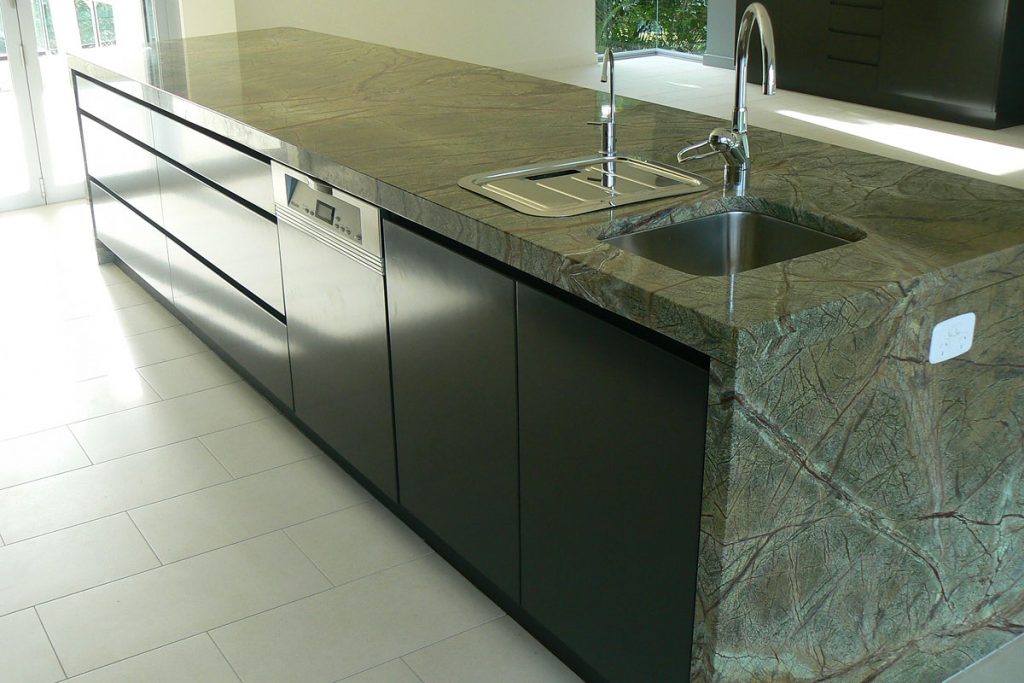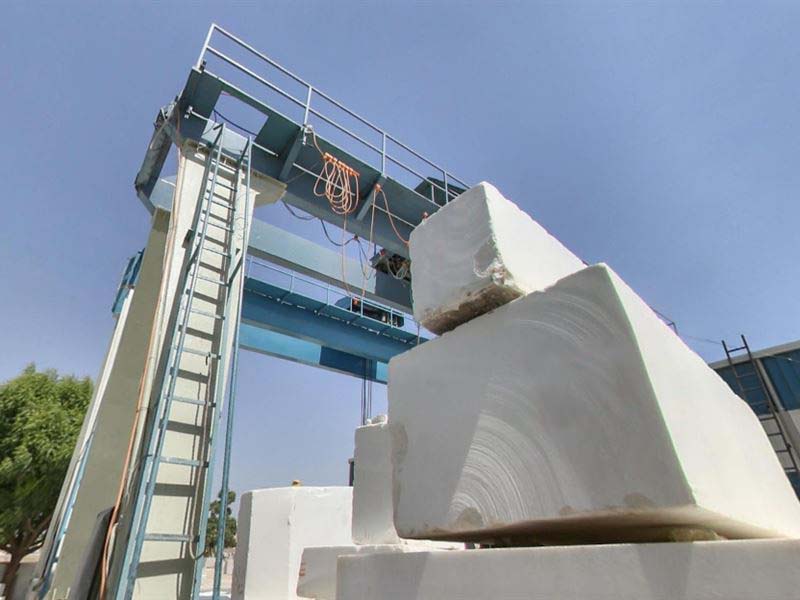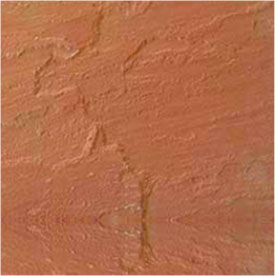Everything You Need To Know About Marble Stone
November 18, 2022 AdminThe characteristics of marble are advantageous to a wide range of materials. Wonderfully crafted and built piece of art. Though marble is used in several industries like paper, chemical, and others, the most prominent use of marble is in the construction sector. Its main elements are dolomite, calcite, or both. The majority of commercial marble was produced during the Paleozoic and Precambrian epochs. In addition to the UK, Belgium, France, Greece, Italy, India, and Spain all have marble.

The term ‘Marble’ has emerged from the Latin word ‘Murmur’ which means shining stone. Going true to the word’s definition, marble is one of the most attractive natural stones available today. Apart from this, it is sturdier, more durable, and most importantly valuable. It is quite easy to distinguish marble flooring from other types of flooring. Take the example of the Taj Mahal. Not only in a traditional architectural setting, but the use of marble is also quite common in modern décor too. From countertops to worktops, floors, wall panels, thresholds, vases, tombstones, and others, marble is everything as it is closely associated with beauty and royalty.

The beauty and toughness of marble make it a classic material. Marble is created by applying pressure and heat to limestone. The main bases of marble are underground caves and stone quarries. Because marble is being used for a very long period, new historical artifacts are constantly being found. Marble is the most preferred material in contemporary construction. Marble can withstand the years without losing its luster thanks to its toughness and tenacity.
How marble is formed?
Marble is formed by either heating or compressing limestone is necessary for the creation of marble. Calcareous marble is white in color and has the appearance of finely sugared ice (CaCO3). In addition to quartz, marble also contains pyrite, graphite, and iron oxides. These minerals have the ability to dye marble pink, grey, brown, green, or in a pattern of many colors. Dolomitic marble is created by the metamorphism of dolomite (CaMg(CO3)2).

The Formation Process
When calcium carbonate dissolves in water or an accumulation of organic debris (shells, coral, and animal skeletons), limestone is formed. Limestone is simply converted into marble. A type of marble known as “hot magma marble” is created when magma heats limestone or dolomite. Heat or pressure has the ability to change the structure of calcite in rocks. The rock has an attractive, sparkling aspect due to the crystals’ interconnecting development.
The minerals employed to create various kinds of marble are changed via metamorphism. Clay recrystallizes to produce mica and silicates.
Despite the fact that marble can be discovered all over the world, mostly it originates in just four nations: Italy, China, India, and Spain.

Marble’s Properties
When limestone is imperiled to extreme heat and pressure beneath the earth’s surface, marble is produced. Numerous elements affect limestone’s makeup and texture. Recrystallization is what is taking place in this situation. As fossilized components in the limestone regroup, large, coarse grains of calcite are produced. The attendance of impurities in the limestone used to create marble can change its mineral composition. Chert or quartz are formed when carbonate minerals with silica impurities are exposed to low temperatures. Carbonates and Silica mix with heat to generate forsterite and diopside. When marble is heated to extremely high temperatures, three different minerals, larnite, monticellite, and rankinite, all develop.
Hydrous minerals such as talc and serpentine can develop when there is water present. Hematite and magnetite are made by the combination of iron, aluminum oxide, and silicon dioxide, respectively.
Hints of impurities cause the marble’s varied tones. White calcite is preferred because it is the purest variety of minerals. Iron oxide is a type of hematite, sometimes known as red marble. Serpentine marble is green; limonite marble is yellow. A pristine mat is actually limestone that has been altered. Swirls and veins can be found in many different types of colored marbles, and they are caused by mineral impurities in the limestone, such as clay, sand, silt, chert, or iron oxides.
The resulting serpentine has a greenish tint when silica impurities are present in high-magnesium limestone or dolostone. Pressure and heat from the metamorphic process caused impurities to be liberated and regrouped.
Marble stone is hard to mine into slabs with consistent dimensions. Explosives might be used to break the rock. Channeling devices have carved grooves and holes into marble stones. In the marble, miners drilled holes and created grooves. The block is then separated from the surrounding rock using wedges. Saws are used to shape and size the blocks.
While marble does have a granular surface and overall appearance due to the presence of plainly visible crystals, this is by no means the only characteristic that distinguishes it.

Marble is an extremely resilient stone, despite the fact that its primary component, calcite, has a hardness score of only 3. Metal stains can leave marks on marble.
The light weight of marble stone makes it a popular material for architectural design. White marble is the purest material there is. Black, bituminous marble that is hard. Marble typically comes in the following colors: gray, pink, brown, green, yellow, and blue.
The Conclusion
Marble can be used in a variety of architectural applications. Its chemical characteristics are useful for pharmaceuticals and agricultural products. There are marble deposits in Belgium, France, Greece, India, Italy, Spain, and the United Kingdom. Marble is obtained from underground caverns and stone quarries. Deep under the earth’s crust, the limestone must endure extreme heat and pressure in order to get transformed into marble.
If the limestone used to make marble is polluted, the mineral makeup of the stone can alter noticeably. Impurities are what give many various colored marbles their swirls and veins.
Despite the fact that there are numerous varieties of rock, marble is by far the most frequently utilized one in architecture. Marble stone is a well-liked building material because of its beauty, toughness, and portability. It can be used as a whitener, filler, and pigment in a few different items, including paint and paper.
Marbles are flexible and easily dissolved because they are mostly made of calcium carbonate. Animal pharmaceuticals frequently contain marble powder.








